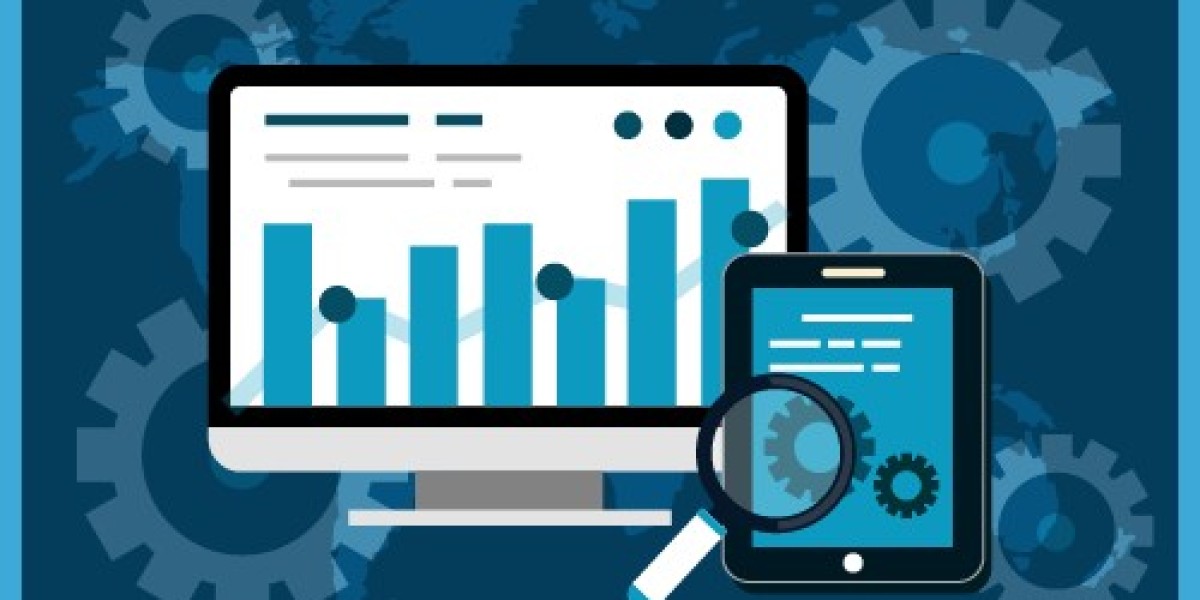The flip of a virtual coin? That's right! With the rise of technology, even something as simple as flipping a coin has gone digital. But what does this mean for decision-making? In this blog post, we'll explore how technology is changing the way we make decisions and the impact it's having on our lives
Flipping a Coin in the Digital Age
Remember the days when flipping a coin was a simple, straightforward way to make a decision? Heads or tails, it was a 50/50 chance. But now, with the rise of mobile devices and apps, there are countless digital ways to flip a coin. You can use a virtual coin app that simulates the sound and animation of a real coin toss, or you can even use a chatbot to help you make your decision.
But what's the point of all this? Is it just a fun gimmick, or is there something more significant going on here? As it turns out, the shift towards digital decision-making tools reflects a broader trend in how we approach choice and uncertainty.
The Rise of Algorithmic Decision-Making
In recent years, algorithms have become increasingly influential in our daily lives. From recommending products we might like to predicting the weather, algorithms are helping us make decisions in ways both big and small. And while they can be incredibly useful, there are also concerns about their limitations and potential biases.
One area where algorithmic decision-making has gained significant traction is in finance. Computational models can analyze vast amounts of data to identify patterns and make predictions about market trends. This has led to the rise of automated trading systems, which can execute trades at lightning speed without human intervention.
But financial markets aren't the only domain where algorithms are making waves. Healthcare providers are using machine learning algorithms to diagnose diseases and develop personalized treatment plans. Online retailers are using recommendation engines to suggest products based on our browsing history and purchase behavior. Even dating apps are using algorithms to match us with potential partners.
The Pros and Cons of Algorithmic Decision-Making
So, what's the verdict on algorithmic decision-making? Like any tool, it has its advantages and disadvantages. On the plus side, algorithms can process vast amounts of information quickly and accurately. They can also eliminate human biases and emotions from the decision-making process, leading to more objective choices.
However, there are also some drawbacks to relying on algorithms too heavily. For one thing, they can perpetuate existing inequalities if they're trained on biased data. There's also the risk of overfitting, where an algorithm becomes too specialized to a particular dataset and fails to generalize well to new situations.
Moreover, there's something lost when we rely solely on algorithms to make decisions. Human intuition and creativity can often lead to innovative solutions that a computer program wouldn't think of. And let's not forget the importance of ethics and accountability – who's responsible when an algorithm makes a mistake or behaves unethically?
Augmenting Our Judgment, Not Replacing It
Given these considerations, it's clear that algorithms shouldn't replace human judgment entirely. Instead, we should view them as tools that augment our abilities, rather than replacing them altogether. By combining the strengths of both humans and machines, we can create a more balanced approach to decision-making.
This hybrid approach is already being applied in various fields. For example, doctors are using AI to assist with medical diagnoses, but still retain the final say in treatment decisions. Financial analysts are using machine learning to identify investment opportunities, but also exercise their own judgment before making a trade.



